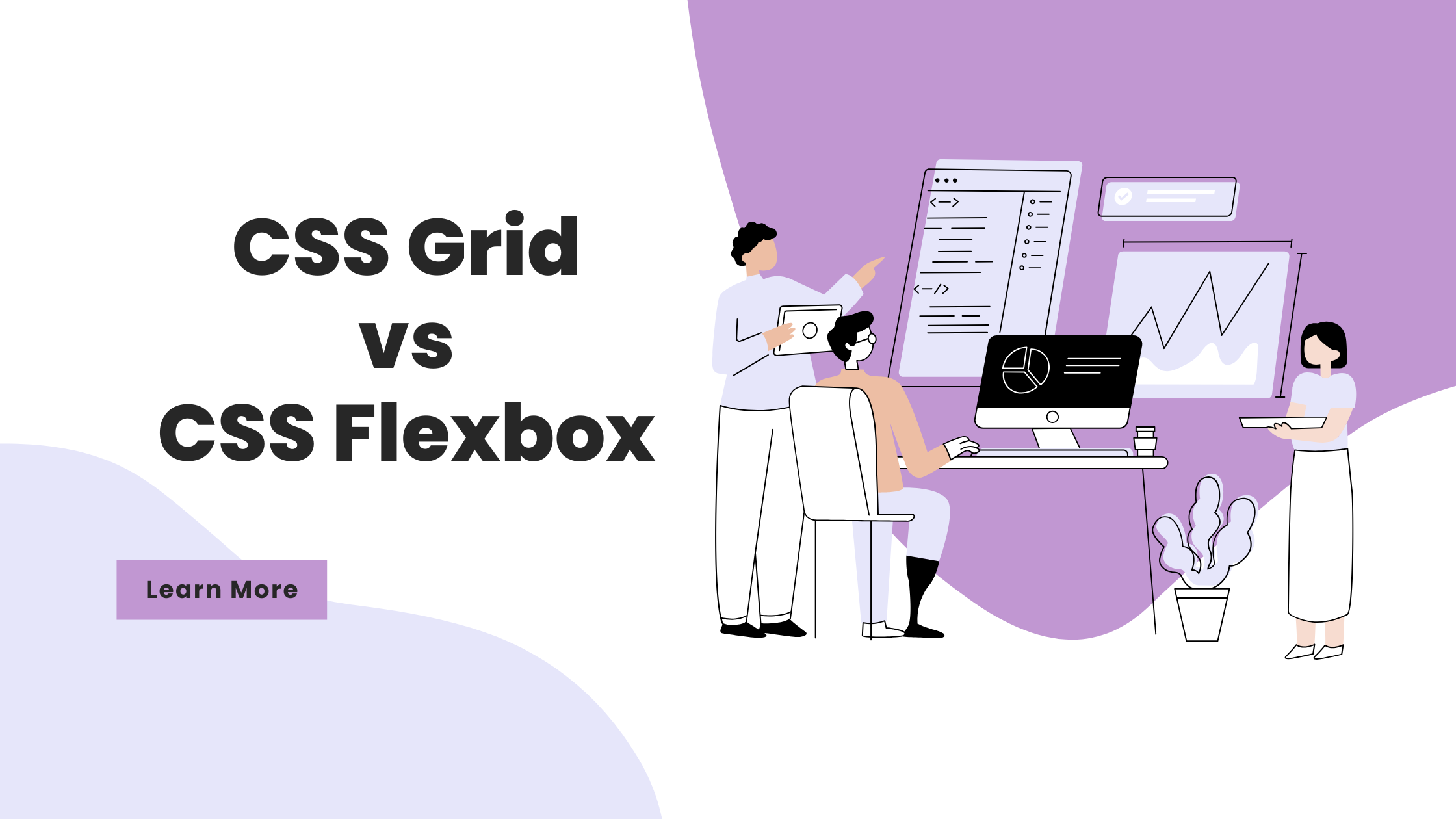CSS Grid vs Flexbox: When and Why to Use Each
 Nehal Fathema
Nehal Fathema
Web developers often find themselves debating whether to use CSS Grid or Flexbox for their layouts. While both are powerful tools for modern web design, they shine in different scenarios. Let’s break down their strengths, differences, and best use cases to help you choose the right tool for your next project.
Understanding CSS Grid
CSS Grid is a two-dimensional layout system that excels at creating complex grid-based designs. It allows you to define both rows and columns, making it perfect for structured layouts like dashboards or photo galleries.
Key Features of CSS Grid:
Two-Dimensional Layout: Handles rows and columns simultaneously.
Grid Tracks: Explicitly define the size of rows and columns.
Alignment Control: Align items within a grid using properties like
align-itemsandjustify-items.
Example Use Case:
A product catalog where items are displayed in a structured grid:
.container {
display: grid;
grid-template-columns: repeat(3, 1fr);
grid-gap: 20px;
}
.item {
background: #f0f0f0;
padding: 20px;
text-align: center;
}
<div class="container">
<div class="item">Item 1</div>
<div class="item">Item 2</div>
<div class="item">Item 3</div>
</div>
This creates a three-column layout where each column has equal width, and items are spaced evenly.
Understanding Flexbox
Flexbox is a one-dimensional layout system designed for aligning items along a single axis—either horizontally or vertically. It’s ideal for simpler, dynamic layouts like navigation bars or button groups.
Key Features of Flexbox:
One-Dimensional Layout: Works along a single axis (row or column).
Flexible Sizing: Items grow, shrink, or wrap as needed.
Alignment Power: Align items using
justify-content,align-items, andalign-self.
Example Use Case:
A navigation bar with evenly spaced links:
.navbar {
display: flex;
justify-content: space-between;
background: #333;
padding: 10px;
}
.nav-link {
color: #fff;
text-decoration: none;
}
<div class="navbar">
<a href="#" class="nav-link">Home</a>
<a href="#" class="nav-link">About</a>
<a href="#" class="nav-link">Contact</a>
</div>
Here, the links are evenly distributed across the navbar, adapting to the available space.
CSS Grid vs Flexbox: Key Differences
| Feature | CSS Grid | Flexbox |
| Dimension | Two-dimensional | One-dimensional |
| Content Direction | Rows and Columns | Row or Column |
| Alignment | Grid lines for precise control | Flexible along main/cross axis |
| Best Use Case | Complex layouts (e.g., grids) | Simple flows (e.g., navbars) |
When to Use CSS Grid
Your layout requires both rows and columns.
You need explicit control over the positioning of elements.
Examples: Dashboards, photo galleries, or magazine-style layouts.
When to Use Flexbox
Your layout is linear (one row or one column).
Items need to grow, shrink, or wrap dynamically.
Examples: Navigation bars, buttons, or forms.
Combining CSS Grid and Flexbox
For the best results, combine CSS Grid and Flexbox in a single project:
Use Grid for the overall page layout.
Use Flexbox for smaller components within the Grid.
Example:
<div class="grid-container">
<header class="header">Header</header>
<aside class="sidebar">Sidebar</aside>
<main class="main-content">
<div class="flex-container">
<div class="flex-item">Item 1</div>
<div class="flex-item">Item 2</div>
<div class="flex-item">Item 3</div>
</div>
</main>
</div>
.grid-container {
display: grid;
grid-template-areas:
"header header"
"sidebar main";
grid-template-rows: 50px 1fr;
grid-template-columns: 200px 1fr;
}
.header { grid-area: header; }
.sidebar { grid-area: sidebar; }
.main-content { grid-area: main; }
.flex-container {
display: flex;
gap: 10px;
}
.flex-item {
background: #f4f4f4;
padding: 10px;
flex: 1;
}
Conclusion
CSS Grid and Flexbox are not competitors—they’re complementary tools. Use CSS Grid for large-scale layouts where you need precise control over rows and columns. Use Flexbox for simpler, one-dimensional layouts or for aligning items within a Grid.
Experiment with both to understand their nuances and unlock the full potential of your web designs.
Subscribe to my newsletter
Read articles from Nehal Fathema directly inside your inbox. Subscribe to the newsletter, and don't miss out.
Written by
